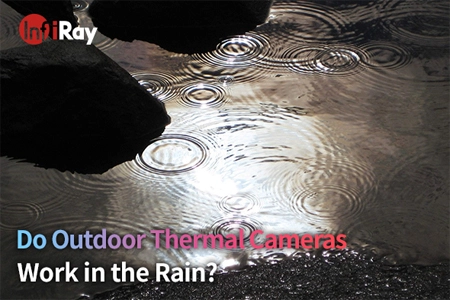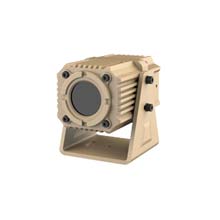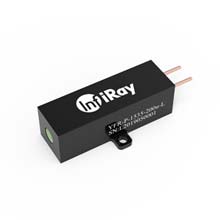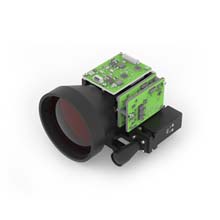3 Top Points Make Thermal Cameras Differ from Regular Cameras
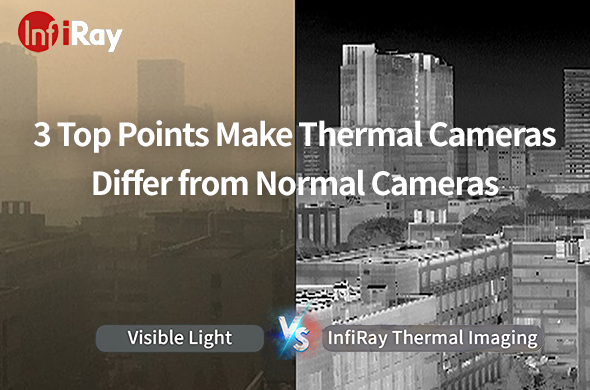
In the world of imaging technology, the distinctions between thermal cameras and regular cameras are more than meets the eye. While regular cameras capture visible light to produce images, thermal cameras operate on an entirely different principle, detecting infrared radiation and converting it into temperature-based images. In this article, we'll explore three key points that set thermal imaging cameras apart and shed light on their applications and technological features.
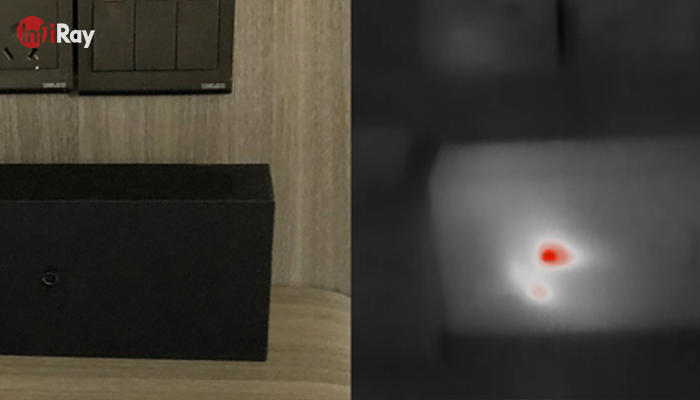
1. Operating Principle: Unveiling the Invisible Spectrum
Regular Cameras:
Traditional cameras, whether on your smartphone or a high-end DSLR, operate by capturing the visible light spectrum. The lens gathers incoming light, and the camera's sensor records it, creating images based on the intensity and color of the light. This process is ideal for daylight conditions but faces challenges in low-light environments.
Thermal Cameras:
Thermal cameras, on the other hand, delve into the invisible realm of the electromagnetic spectrum. Instead of relying on visible light, they detect infrared radiation emitted by objects. This capability allows those high-tech cameras to visualize temperature differences, making them invaluable in scenarios where traditional cameras fall short, such as complete darkness or adverse weather conditions.
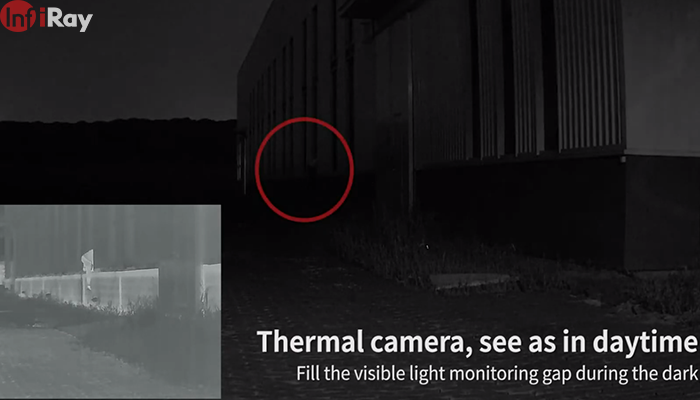
2. Applications and Use Cases: Beyond Photography
Regular Cameras:
Regular cameras find widespread use in everyday life, from capturing cherished moments to professional photography and videography. However, their limitations become apparent in environments with low visibility or when attempting to discern temperature variations in industrial settings.
Thermal Cameras:
Thermal cameras carve a niche in industries that demand precise temperature measurements and visibility in challenging conditions. In predictive maintenance, these cameras identify overheating components in machinery before failures occur. Moreover, in security and surveillance, thermal imaging excels in scenarios where conventional cameras struggle, such as pitch-black darkness or dense fog.
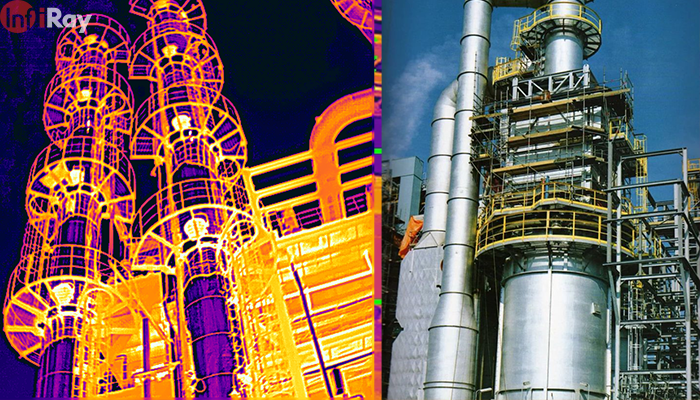
3. Key Technological Features: Beyond Megapixels
Regular Cameras:
Conventional cameras are often evaluated based on megapixels, resolution, autofocus, and optical zoom. These features cater to the need for high-quality, detailed images, making them suitable for applications like portrait photography or landscape shots.
Thermal Cameras:
The key features that define thermal cameras are rooted in their ability to capture and interpret infrared radiation. Infrared sensor technology is at the core, enabling these cameras to produce images based on temperature variations. Parameters like thermal sensitivity and resolution become crucial, allowing for the detection of subtle temperature changes and the creation of detailed thermal maps.
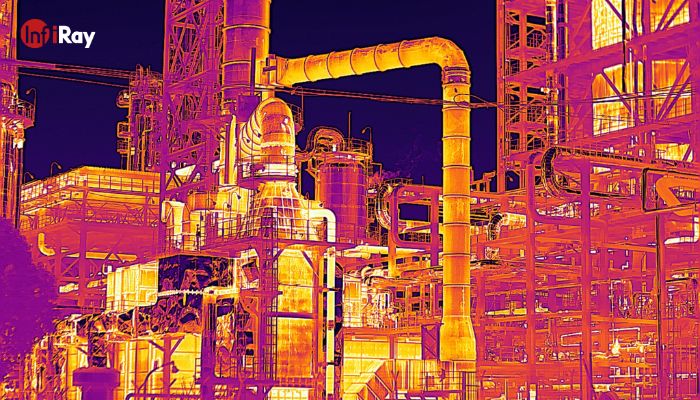
Taken by InfiRay 1280 resolution thermal imaging. Thermal imaging cameras have long been criticized by the world for their low resolution. But as technology continues to advance, many high-resolution thermal imagers have also become available.
Bridging the Imaging Divide
Understanding the fundamental differences between thermal and regular cameras unveils the unique strengths each brings to the table. While regular cameras excel in capturing visible light for conventional imaging needs, thermal cameras step in where visibility is compromised, offering valuable insights into temperature variations. As technology advances, we can expect further integration of these two imaging worlds, creating a more comprehensive toolkit for various applications.








